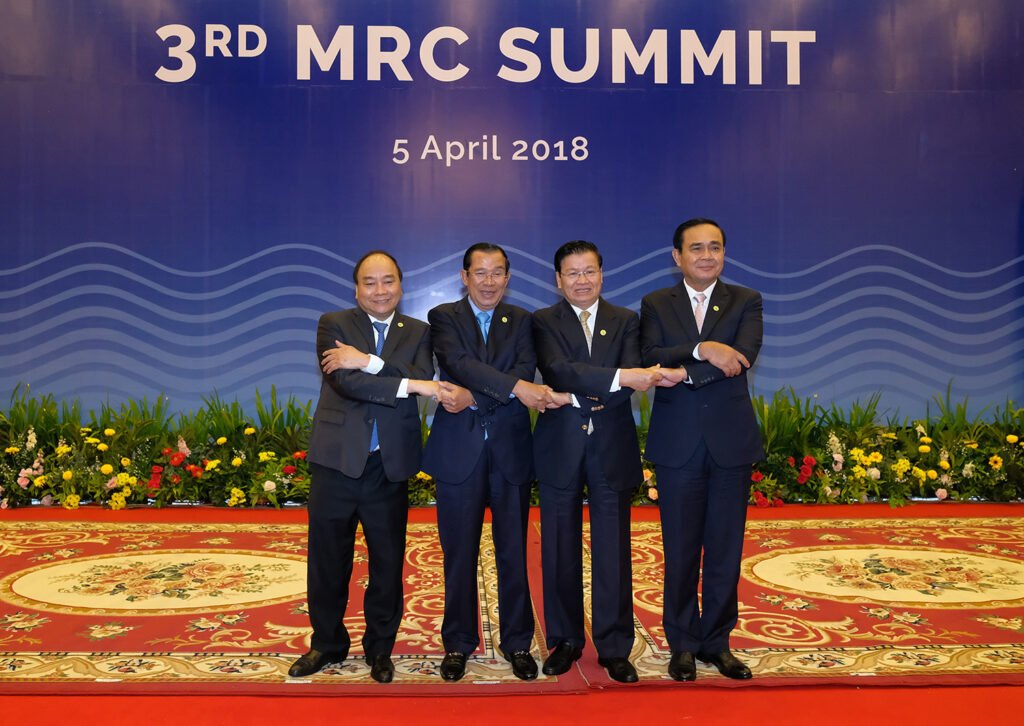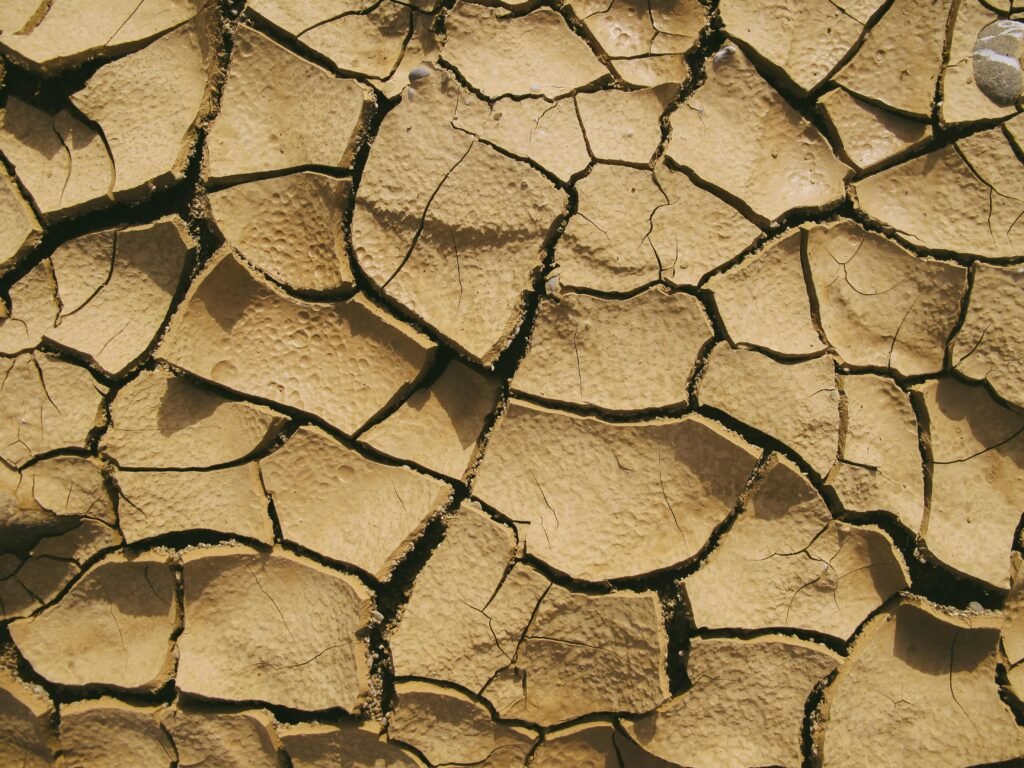Water is a fundamental right and necessity. However, it has long been a source of conflict and tension throughout human history. Even the critically acclaimed film Dune 2 depicts a future where lack of water has become a weapon, a trigger, and a casualty of conflict on the desert planet Arrakis. From fictional worlds to real-life scenarios, there flows an intricate interplay between water, conflict, and peace.
The Reverence of Water in Droughts & Deserts
Water is rarer than gold in the harsh desert of Dune. The natives, Fremen, developed ways to harvest and preserve every last drop of moisture in the baked ecosystems they call home. In their culture, water is revered as it enables their community to endure for generations in what many consider to be unlivable land. When one Fremen, Chani, learns about a place where water is so abundant you can dive in and never touch the bottom, she responds with fascination—water remains an unreachable dream to their people.
That being said, water is also a casualty of conflict. Seeking to break the Fremen’s resistance, invading Harkonnen forces destroyed the intricately constructed systems they use to collect and store water over centuries of desert living.
The highest expression of water’s power comes when the outsider, Paul Atreides drinks the sacred Water of Life, a deep blue liquid reserved only for Fremen’s women leaders. He ascends to become Lisan al Gaib, the prophesied messiah that they believe will save and lead them to paradise. Lisan al Gaib translates to “Giver of Water.” Water is a conduit to power, and a trigger that eventually leads to an international war.
While Dune 2 may be pure science fiction, the film’s portrayal of water as a contributing factor for conflict and oppression has many parallels in the real world.
The Water Crises Of Our World
Throughout history, disputes over control of water resources or access to water triggered violence. In more recent times, a 2017 clash between two Sudanese clans near Lagawa left six dead and others wounded, sparked by fighting over ownership of a water point.
Water resources and systems themselves are often casualties in conflicts. For instance, an armed group in Libya cut off the water supply to over 2 million people in the capital Tripoli, weaponizing water accessibility. This sounds similar to what the Harkonnens did to the Fremen.
Nearly half the world faces severe water scarcity for at least part of 2022. As climate change quickens the pace of temperature spikes and drought cycles, the risk of depleted water resources sparking civil unrest and violence grows more dire. We may be at the beginning of a future where “water wars” over shrinking aquifers, rivers, and lakes become frighteningly common.
How can we disrupt this cycle and use water to promote peace rather than conflict?
Using Water for Peace & Security
“We will treat your comrade with the same reverence we treat our own,” the Fremen said. “This is the bond of water… A man’s flesh is his own; the water belongs to the tribe.”
As the UN advises, water cooperation should be inclusive of all stakeholders from governments, to private sector, and civil society. It must take a cross-sectoral approach, looking at water holistically alongside issues like climate change, food security, and human rights. Most importantly, water cooperation must be action-oriented, translating into real policy changes.
© Brigitte Brefort, World Bank | The Kok-Aral Dam in Kazakhstan helps restore the Aral Sea.
A good, innovative example is the Northern Aral Sea project, where the World Bank helped build the eight-mile Kok-Aral Dam to separate the dried up sea into two parts. The dam allowed over 29 cubic kilometers of water to accumulate in the Northern part, helping to restore delta and riverine wetland ecosystems. Additionally, repairs were made to structures along the Syr Darya River, increasing water supply for 16,000 hectares of irrigated lands. The Aral Sea’s restoration also reduced diseases contracted from unhealthy drinking water.
“This is the first on-the-ground project that has shown results,” said Masood Ahmad, the project’s team leader. “For decades, there were studies but no action, and we already have results to show since 1999.”
Another case that follows best practice is cooperation along the Mekong River basin and the multi-decade, multi-pronged strategy that ensued. It began with the 1950s creation of the Mekong Committee by lower basin nations like Cambodia, Laos, Thailand and Vietnam. They carried out studies on the physical and socio-economic impacts of potential projects in the basin, and was later backed by the UN, US, France and Japan, to study potential development impacts with a consistent regional methodology. Data sharing continued even amid 1960s conflicts. The breakthrough was the 1995 Agreement on Sustainable Mekong Development, providing an adaptable framework for joint ecological protection and dynamic water allocation.

© Mekong River Commission | Documentation from the 3rd Mekong River Commission Summit in 2018.
Proactive cooperation over shared water resources can also resolve conflicts, as seen in initiatives like the Good Water Neighbors Project. The project united Israeli, Jordanian and Palestinian communities to protect shared water resources, enhancing the water sector and building peace at the local level. The Nile Basin Initiative is another example wherein nine countries shared socio-economic benefits and promoted regional peace to develop the Nile.
Other solutions include investing in large-scale desalination plants, agricultural irrigation efficiency, and repairing damaged water infrastructure. It also means empowering indigenous leaders as equal partners, valuing their traditional ecological knowledge. Perhaps most critical is establishing more robust transboundary water sharing agreements between nations to replace the unstable “might makes right” status quo.
Water ought to be a connector of peace, life, and human dignity—not a divider that breeds more conflict, suffering, and warfare. Dune: Part Two serves as a reminder of the intricate relationship between water, peace, and security. By learning from its fictional narrative and drawing parallels with real-world challenges, we can work towards a future where water is not a source of conflict but a unifying force for cooperation, sustainable development, and lasting peace.

